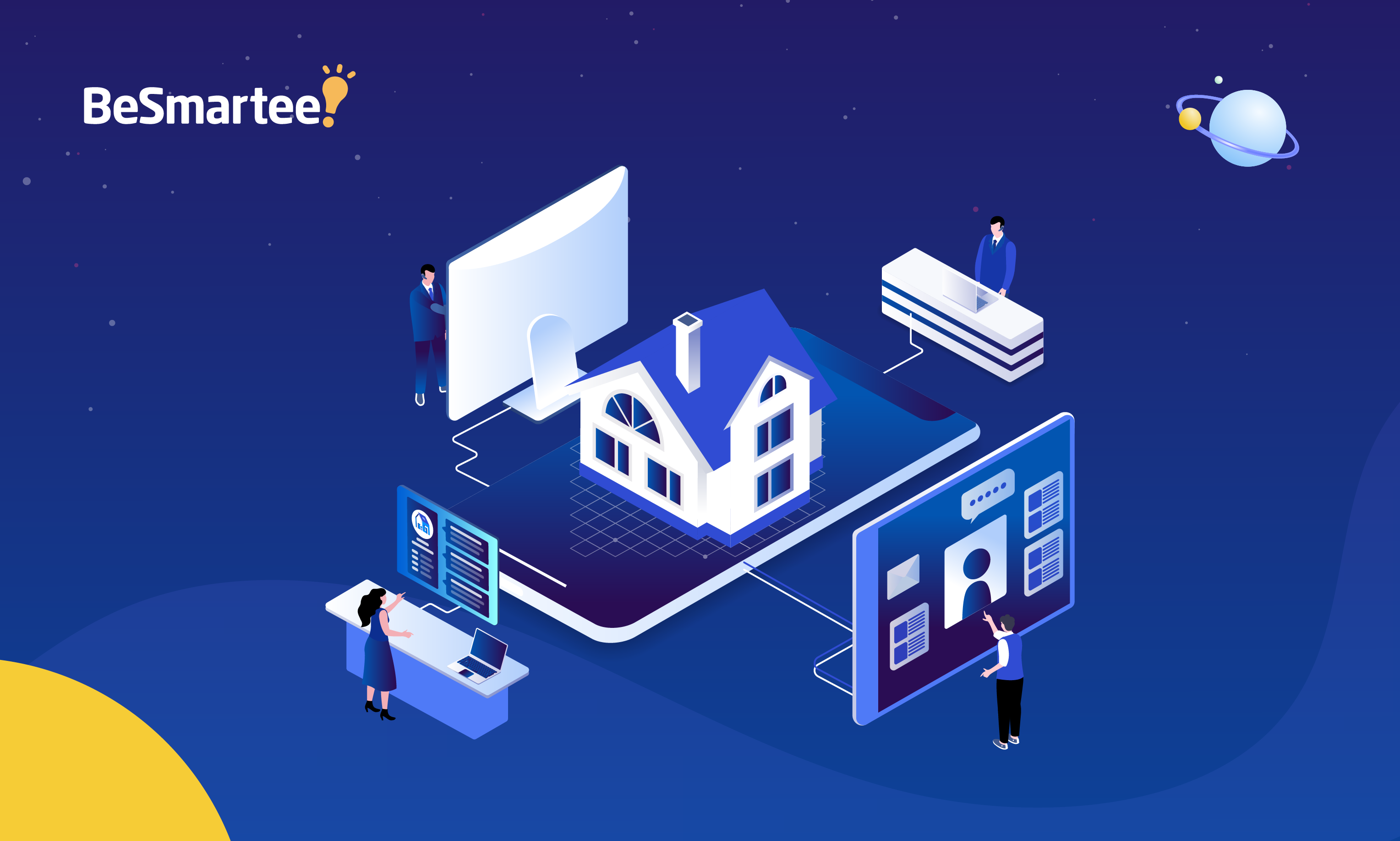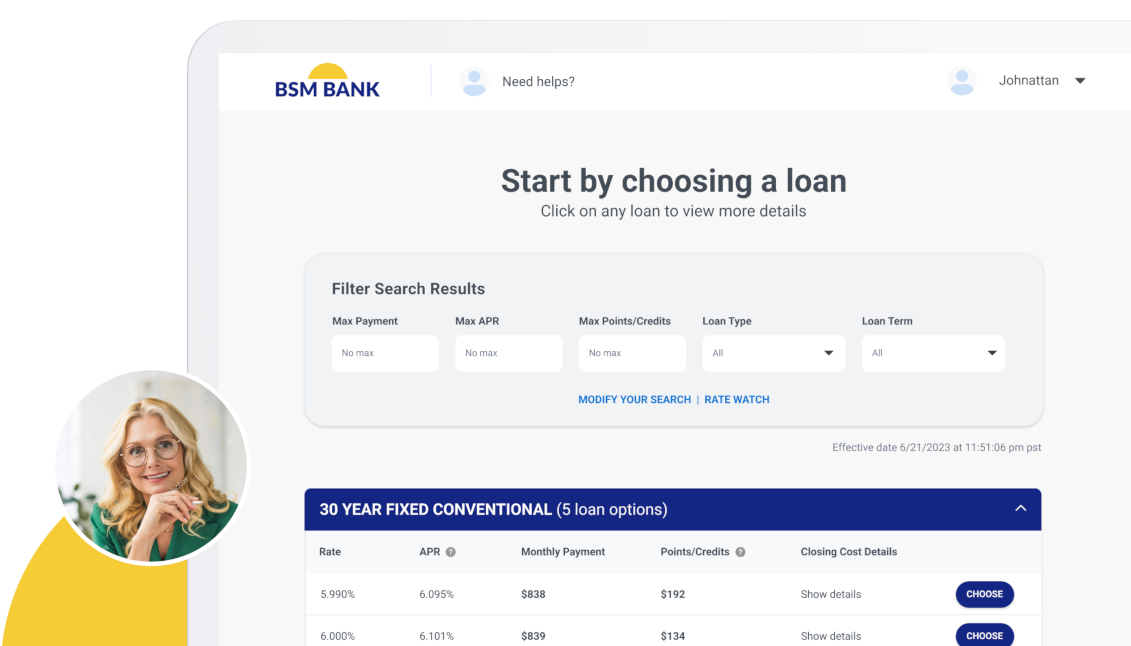The mortgage industry has undergone a remarkable transformation in the past half-century, from paper-based processes to digital mortgages. As technology continues to reshape the way we live and work, it has also left its indelible mark on the mortgage industry.
In this blog post, we will take a deep dive into the evolution of mortgage rates over the last 50 years, with a particular focus on how digital mortgages have influenced the borrowing landscape.
Table of Contents
The Mortgage Rate Rollercoaster
To understand the impact of digital mortgages, we must first explore the historical trends in mortgage rates. Over the last five decades, mortgage rates have experienced significant fluctuations, largely driven by economic factors such as inflation, monetary policy and market demand. Here’s a brief overview of these fluctuations:
1970s – The Inflation Era
The 1970s were marked by soaring inflation rates, which led to sky-high mortgage rates. Borrowers in this period faced interest rates in the double digits, often exceeding 15%. High rates were a significant deterrent for homebuyers.
1980s – The Volatility Continues
The 1980s saw some of the highest mortgage rates in history, with peaks reaching over 18%. This era of volatility was primarily attributed to the Federal Reserve’s efforts to combat inflation.
1990s – A Gradual Descent
The 1990s brought some relief as inflation began to stabilize. Mortgage rates gradually declined, making home ownership more affordable for many Americans. Rates hovered around 7% to 9% during this decade.
2000s – The Great Recession
The early 2000s started with relatively low rates, but the housing bubble burst, leading to the Great Recession. As a response, the Federal Reserve lowered interest rates to historic lows, with mortgage rates dropping to around 4% to 6%.
2010s – The Era of Low Rates
The aftermath of the recession saw persistently low mortgage rates, which hovered around 3% to 4%. The housing market gradually recovered and many borrowers refinanced their loans to take advantage of these favorable rates.
2020s – The Pandemic Effect
The COVID-19 pandemic triggered a new wave of interest rate drops, with rates reaching all-time lows. Mortgage rates dipped below 3%, further fueling a housing boom as people sought refuge in larger homes due to remote work and lockdowns.

Transforming the Mortgage Industry Through Digital Innovation
As mortgage rates fluctuated over the last 50 years, the process of obtaining a mortgage also evolved. The digital mortgage revolution, which gained significant traction in the 21st century, has reshaped the way borrowers apply for and secure home loans.
1. Streamlined Application Process
In the past, applying for a mortgage involved a cumbersome paper trail, with borrowers submitting countless documents. With digital mortgages, the application process has become streamlined. Borrowers can now submit documents online, reducing paperwork and processing times.
2. Enhanced Accessibility
Digital mortgages have made homeownership more accessible. Online platforms allow borrowers to compare rates, explore different loan options and even complete the entire mortgage application process from the comfort of their homes. This has opened doors for a broader range of borrowers, including those in remote or underserved areas.
3. Faster Approvals
With digital tools and automated underwriting systems, mortgage lenders can process applications more efficiently. This has led to faster approvals, reducing the anxiety often associated with waiting for a loan decision.
4. Improved Transparency
Digital mortgages have brought greater transparency to the lending process. Borrowers can easily access information about their loan status, terms and fees, empowering them to make more informed decisions.
5. Paperless Transactions
Digital mortgages have significantly reduced the need for physical paperwork. E-signatures and electronic document submission have become commonplace, minimizing the environmental impact of traditional paper-based processes.
Subscribe to BeSmartee 's Digital Mortgage Blog to receive:
- Mortgage Industry Insights
- Security & Compliance Updates
- Q&A's Featuring Mortgage & Technology Experts
Digital Mortgage Impact on Rates
Advancements in digital mortgages have not only streamlined the borrowing process but has also had a noteworthy influence on mortgage rates. Here’s how:
1. Rate Shopping Made Easy
Digital mortgage platforms empower borrowers to compare rates from multiple lenders quickly. This increased transparency and competition often lead to more competitive interest rates, as lenders vie for borrowers’ business.
2. Real-time Rate Updates
Online mortgage platforms provide real-time rate updates, allowing borrowers to lock in favorable rates when they become available. This agility can make a significant difference in the overall cost of homeownership.
3. Automated Underwriting
Digital mortgage solutions often use automated underwriting algorithms that evaluate a borrower’s creditworthiness efficiently. This can result in more accurate risk assessment, potentially leading to better rates for well-qualified borrowers.
4. Reduced Overhead
Lenders who embrace digital mortgage technology can lower their operational costs. These savings can be passed on to borrowers in the form of lower interest rates and fees.

The Future of Digital Mortgages
As we look ahead, the digital mortgage transformation is expected to continue shaping the mortgage landscape. Here are some trends to watch for in the coming years:
Enhanced Configuration
AI and data analytics will enable lenders to offer more configured mortgage solutions configured to individual borrowers’ financial situations and goals.
Blockchain and Security
Blockchain technology may be employed to enhance the security and transparency of mortgage transactions, reducing the risk of fraud and errors.
Mobile Mortgage Apps
The rise of mobile mortgage applications will allow borrowers to initiate, track and manage their mortgages directly from their smartphones, making the process even more convenient. For BeSmartee, a leading technology provider in the digital lending industry, this has always been the driving force behind our innovation. BeSmartee is excited to introduce a significant milestone in our journey: BeSmartee Bright, an improved user interface (UI) and user experience (UX) that takes our Mortgage Point-of-Sale (POS) solution to new heights.
Continued Rate Volatility
While digital mortgages bring increased transparency and efficiency, economic factors will continue to influence mortgage rates. Borrowers should remain vigilant and responsive to market conditions.
Roundup
The evolution of mortgage rates over the last 50 years has been a rollercoaster ride, with significant peaks and valleys. The digital mortgage revolution has not only streamlined the borrowing process but has also had a notable impact on interest rates. As technology continues to advance, borrowers can expect further improvements in the mortgage application process, increased transparency and even more competitive rates.
Amidst the age of digital mortgage advancements, borrowers have more tools and resources at their disposal than ever before. Whether you’re a first-time homebuyer or a seasoned homeowner, embracing the digital mortgage transformation can help you navigate the mortgage market with greater ease and confidence, ultimately leading to more informed decisions and potentially lower rates.
If you’re ready to delve into the realm of digital mortgages and enhance your lending operations, get in touch with us today at BeSmartee. Head to our contact page to engage with our knowledgeable team.




